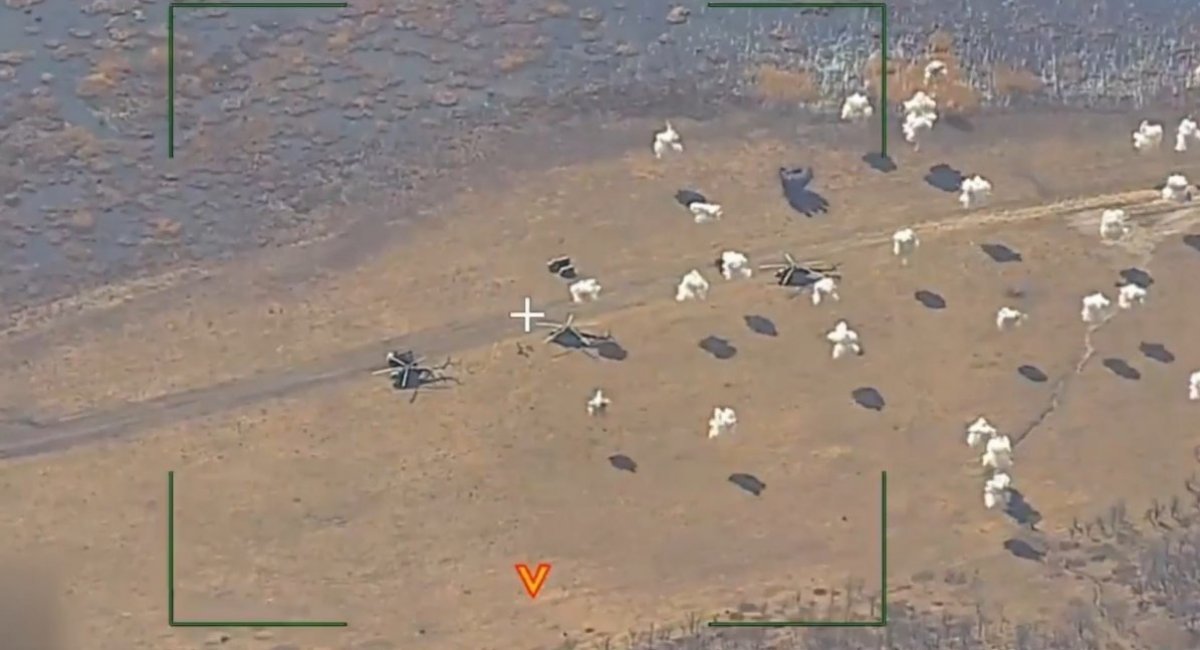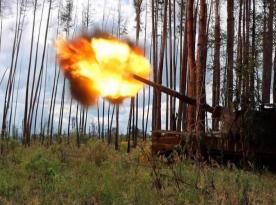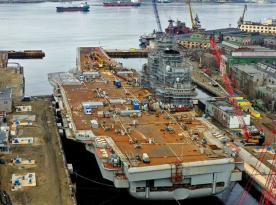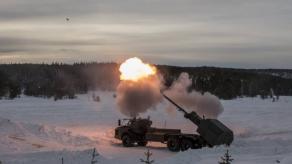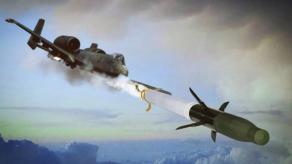The situation with long-range strikes by the russian federation on objects in the near-front zone is becoming increasingly threatening and requires a review of existing countermeasures and increasing their effectiveness. This is directly indicated by the successive attacks of the russians, in which systematicity is already clearly visible.
Recently, the so-called russian Ministry of Defense reported and published videos showing the targeting of objects classified by the russians as S-300 SAM systems (although some identified them as Patriot systems), two HIMARS, subject to debate, as well as the destruction of two military transport helicopters already on the ground during refueling.
Read more: Ukrainian Air Defense Downs Shahed-136 Equipped with Modem and Camera, This Requires Attention
All these episodes are linked by one thing - the frontline zone at a depth of 40+ kilometers, the use of UAVs for reconnaissance or surveillance in case of receiving information from other sources, such as intelligence agencies, as well as airstrikes. And also a relatively short period of time, just a few dozen minutes, from the detection of objects to the strike on them.
In particular, the vehicles classified by the enemy as S-300 surface-to-air missile system units were struck while stationary and clustered.

Regarding the two objects classified by the enemy as HIMARS, they were also in stationary positions and not camouflaged.

In the case of helicopters, it was impossible to camouflage them in any way, but a fuel tanker was already waiting for them in an open position at the landing site.
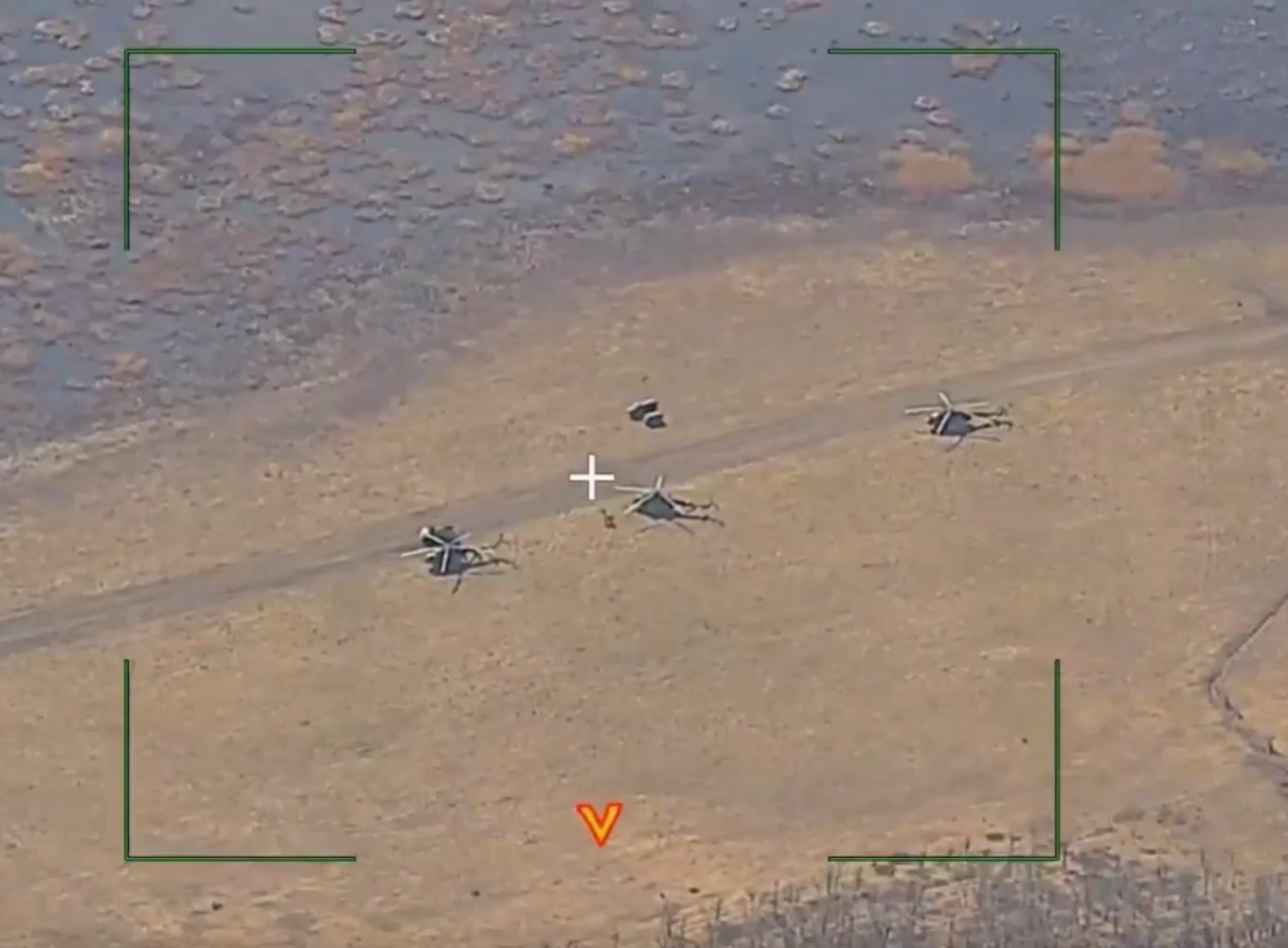
It is also worth noting that in all four cases, the enemy is using the identical UAV, which can operate tens of kilometers deep behind the lines.
However, this is only one side of the triangle called the strike-reconnaissance contour. On the other side of it is a defeat system that is ready to open fire.
In these cases, it could have been the Iskander or Tornado-S missile systems, which have either an airburst function or cassette equipment.
At the same time, the third aspect on which the overall effectiveness of the contour also depends is the minimization of the time from target detection to strike. In this regard, there have been shifts towards reducing the response time on the part of the russians, unfortunately.
Thus, considering the systematic nature of the enemy's actions, it is necessary to acknowledge that the existing countermeasures against all elements of the enemy's reconnaissance-strike contour are inadequate.
In addition, the changes that need to be made are entirely obvious and explicit. Increasing the number of systems designed to detect enemy reconnaissance drones, providing cover for critical weaponry with countermeasure capabilities, including short-range air defense systems, increasing distances between vehicles during marches and halts, using decoy positions, reducing the time for task execution, and maintaining constant maneuvering in dangerous areas, camouflage, and so forth.
At the same time, all of this depends on resources and organization. It's easy to say that we need to cover such movements of air defense systems with electronic warfare and electronic reconnaissance complexes, but it won't make them more numerous.
Read more: How russian S-400 SAM System Shoots Down U.S. GMLRS Rockets (Video)




